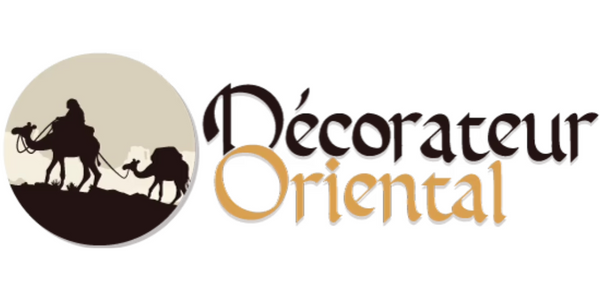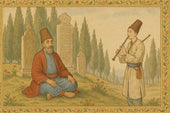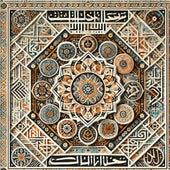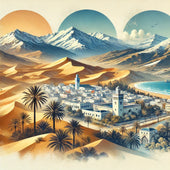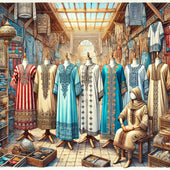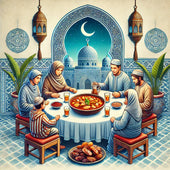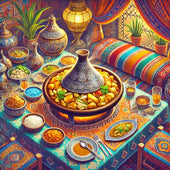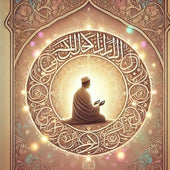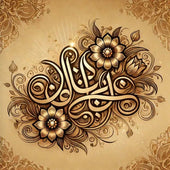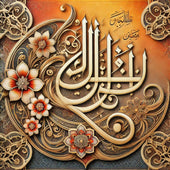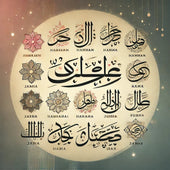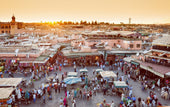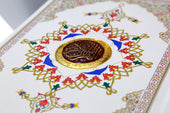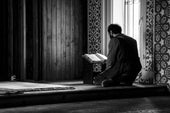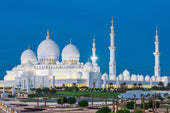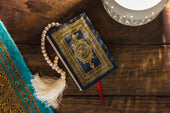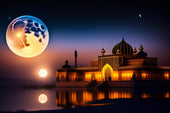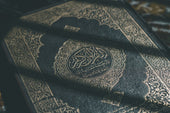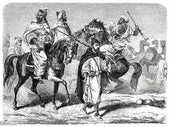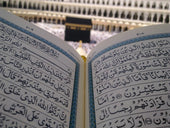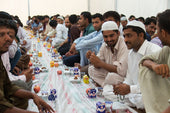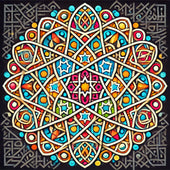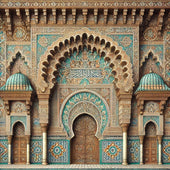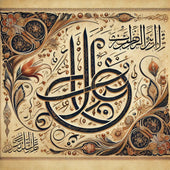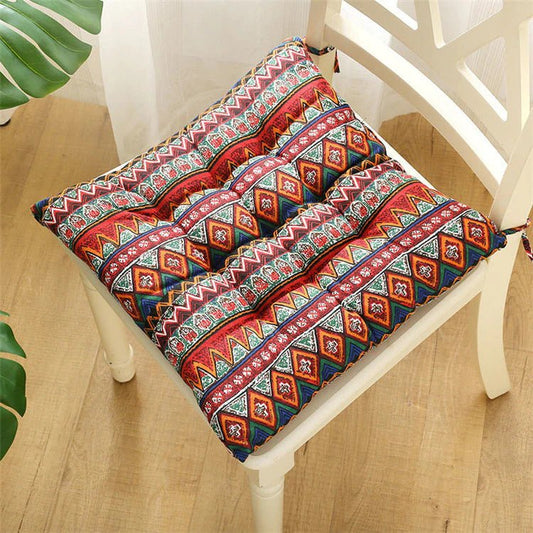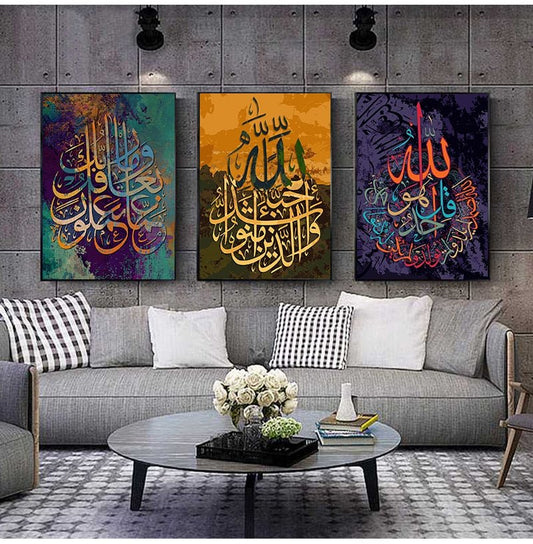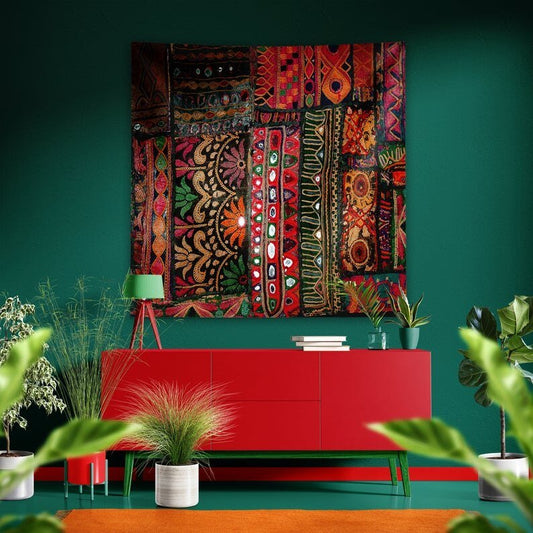The crescent moon is often associated with Islam, but why? In this article, we will explore the history and meaning of the crescent moon in Islam, as well as its current use in Muslim culture and symbolism.

History of the Crescent Moon in Islam
The history of the crescent moon in Islam dates back to the time of the Prophet Muhammad. According to Islamic tradition, Muhammad received divine revelation from the Quran during the month of Ramadan, which begins and ends with the new moon. As a result, the moon has acquired a special meaning for Muslims, symbolizing the beginning and end of the holy month of Ramadan.
The crescent moon has also been used as a symbol of Islam since the early days of the religion. According to some sources, it was used as a symbol on the flag of the Ottoman Empire, which was then ruled by Muslim caliphs. Since then, the crescent moon has become a universal symbol of Islam, representing Muslim faith and culture around the world.
Meaning of the Crescent Moon in Islam
The crescent moon in Islam is considered a symbol of the cyclical nature of life. Like the moon itself, life follows cycles, with periods of growth, maturity and decline. The crescent moon also represents purity and clarity, as the moon is considered a bright and pure star in Islamic culture.
In Islam, the crescent moon is often associated with the holiday of Eid al-Fitr, which marks the end of the month of Ramadan. During this festival, Muslims fast for a month by depriving themselves of food and water during the day, and eat and drink only at night. The crescent moon appearing in the sky at the end of the holy month is considered a sign of the end of the fast and the beginning of the feast.

Use of the Crescent Moon in Muslim Culture
The crescent moon is an important symbol in Muslim culture, appearing in art, architecture, calligraphy and other forms of artistic expression. For example, the crescent moon is often used in carpet designs and architectural ornaments in Muslim mosques and palaces.
The crescent moon is also used as the national emblem of many Muslim-majority countries, such as Algeria, Tunisia, Pakistan, and Turkey. In these countries, the crescent moon is often associated with national pride and Muslim cultural identity.
Conclusion
In Muslim culture, the crescent moon is also associated with the Eid al-Adha holiday, which marks the end of the annual pilgrimage to Mecca. During this festival, Muslims sacrifice animals to commemorate the sacrifice of Abraham. The crescent moon appearing in the sky at the end of the pilgrimage is considered a sign of the end of the festival.
Despite its importance in Islam, the crescent moon has also been used by other cultures and religions. For example, it has been used as a pagan symbol of fertility in some European cultures, as well as a Christian symbol for the Virgin Mary.
Ultimately, the crescent moon is a complex and multifunctional symbol in Muslim culture, representing faith, culture, and national identity all at the same time. Whether as a religious symbol or a decorative element, the crescent moon continues to be an important icon in Muslim culture.

FAQs
-
Why is the crescent moon important in Islam? The crescent moon is important in Islam as it symbolizes the beginning and end of the holy month of Ramadan, as well as the end of the annual pilgrimage to Mecca.
-
Is the crescent moon an exclusively Muslim symbol? No, the crescent moon has also been used by other cultures and religions, as a pagan symbol of fertility and a Christian symbol for the Virgin Mary.
-
Is the crescent moon present in Muslim architecture? Yes, the crescent moon is often used in the architectural ornaments of Muslim mosques and palaces.
-
Is the crescent moon present in other forms of artistic expression? Yes, the crescent moon is present in art, calligraphy and other forms of artistic expression in Muslim culture.
-
Is the crescent moon present in other Muslim cultures? Yes, the crescent moon is present in other Muslim cultures as a national emblem and cultural symbol.
